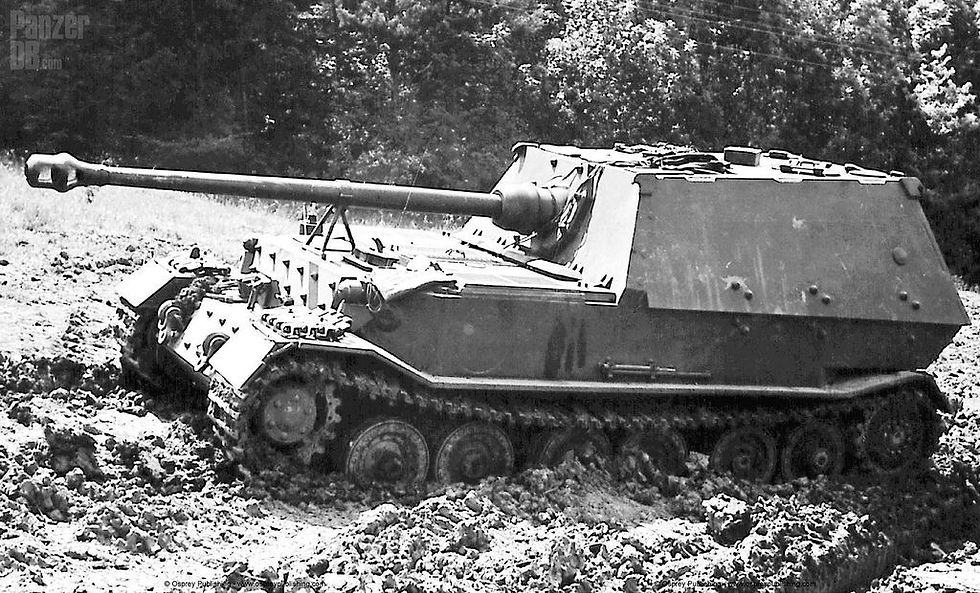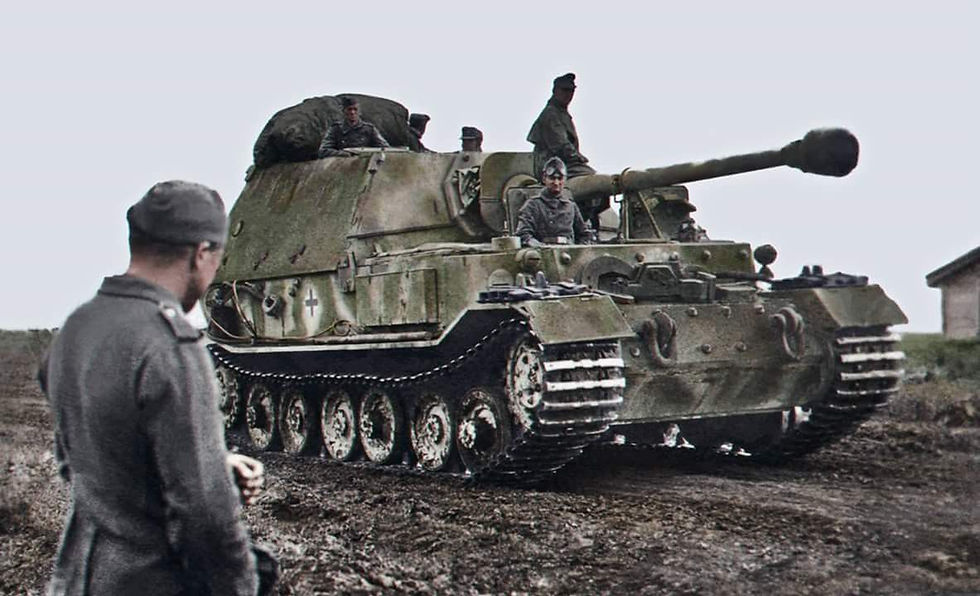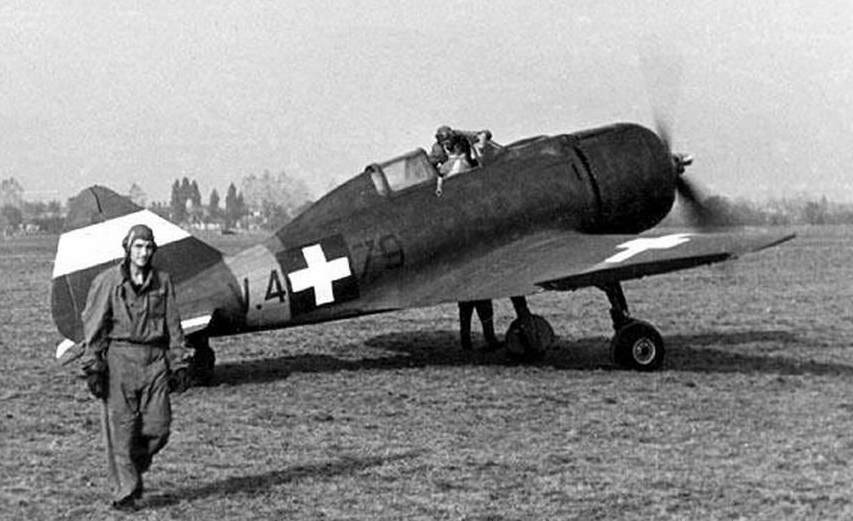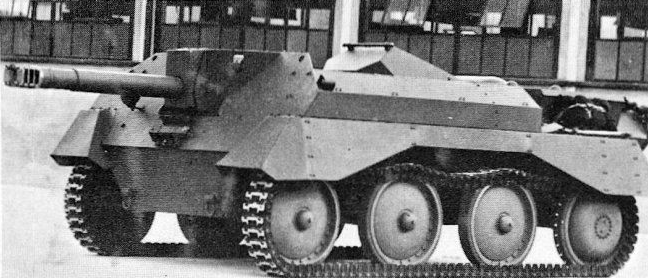Ferdinand Tank Destroyer: The German WW2 Anti-Tank Behemoth
- kismber

- Sep 21, 2023
- 3 min read
Updated: Dec 29, 2023

In the annals of World War II armoured warfare, the name "Ferdinand" strikes a chord of awe and fascination. It was not just another tank but a colossal and menacing machine designed for a single purpose: the annihilation of enemy tanks. In this extensive exploration, we delve into the history, design, deployment, and legacy of the formidable German tank destroyer known as the Ferdinand.
The Need for Tank Destroyers
As World War II raged on the Eastern Front, German armoured forces encountered formidable Soviet tanks like the T-34 and KV-1, which rendered many existing German tanks and anti-tank weapons ineffective. This prompted the development of specialized tank destroyers that could counter these threats. The result was the creation of the Ferdinand.
The roots of the Ferdinand can be traced back to the ill-fated Porsche Tiger prototype. Initially intended as the heavy tank "Tiger (P)," it was designed by Ferdinand Porsche's engineering firm. Although this tank's development was troubled and ultimately cancelled, its chassis would serve as the foundation for a new type of vehicle.

The Ferdinand's design was imposing, to say the least. With its massive hull and low profile, it looked more like a rolling fortress than a conventional tank. Its frontal armor was an astounding 200 millimeters thick, making it nearly impervious to most anti-tank weaponry of its time.
The Ferdinand was armed with the lethal 88mm PaK 43 anti-tank gun, one of the most formidable cannons of World War II. This gun could penetrate the Armor of nearly any Allied tank at long ranges, making the Ferdinand a formidable adversary on the battlefield.
The Ferdinand made its combat debut during Operation Citadel, better known as the Battle of Kursk. This epic clash in July 1943 saw the Ferdinand pitted against Soviet tanks in what would become one of the largest tank battles in history. The Ferdinand's strengths were evident: its armour was nearly impenetrable from the front, and its 88mm gun could eliminate enemy tanks at long ranges. However, its sheer size and weight made it vulnerable to mechanical failures and mobility issues.
Following Operation Citadel, the Ferdinands were deployed to various locations on the Eastern Front. They played a pivotal role in defensive operations, where their firepower and armor protection were put to good use. In late 1943, a modified version of the Ferdinand known as the Elefant returned to the Kursk region. While the Ferdinand had shown promise, it was not without its faults. Lessons learned from its debut led to several improvements and refinements.
As the tide of the war turned against Germany, the remaining Ferdinands and Elefants were transferred to the Western Front to defend against the Allied invasion. Here, they faced a new set of challenges, including the ever-increasing air superiority of the Allies.
In the face of overwhelming odds, the Ferdinands and Elefants adapted to their new roles. They were used as defensive fortifications and artillery pieces, where their heavy armor and firepower could deter enemy advances.

The Ferdinand and its variant, the Elefant, may not have been numerous, but they left an indelible mark on the history of armored warfare. Their fearsome armament and robust armor made them formidable adversaries, capable of taking on multiple enemy tanks.
The concept of the tank destroyer, a specialized anti-tank vehicle designed for long-range engagements, was further developed during and after World War II. The Ferdinand played a crucial role in shaping this concept and influencing future tank destroyer designs. The Ferdinand tank destroyer stands as a testament to the ingenuity and adaptability of German engineering during World War II. Its imposing presence on the battlefield and formidable firepower made it a formidable adversary. While it had its share of flaws and challenges, its legacy endures in the realm of armored warfare, serving as a precursor to modern tank destroyers.
In the annals of military history, the name "Ferdinand" will forever be associated with one of the most imposing and awe-inspiring tanks of World War II—a behemoth that left an indelible mark on the battlefield and in the annals of armored warfare.




